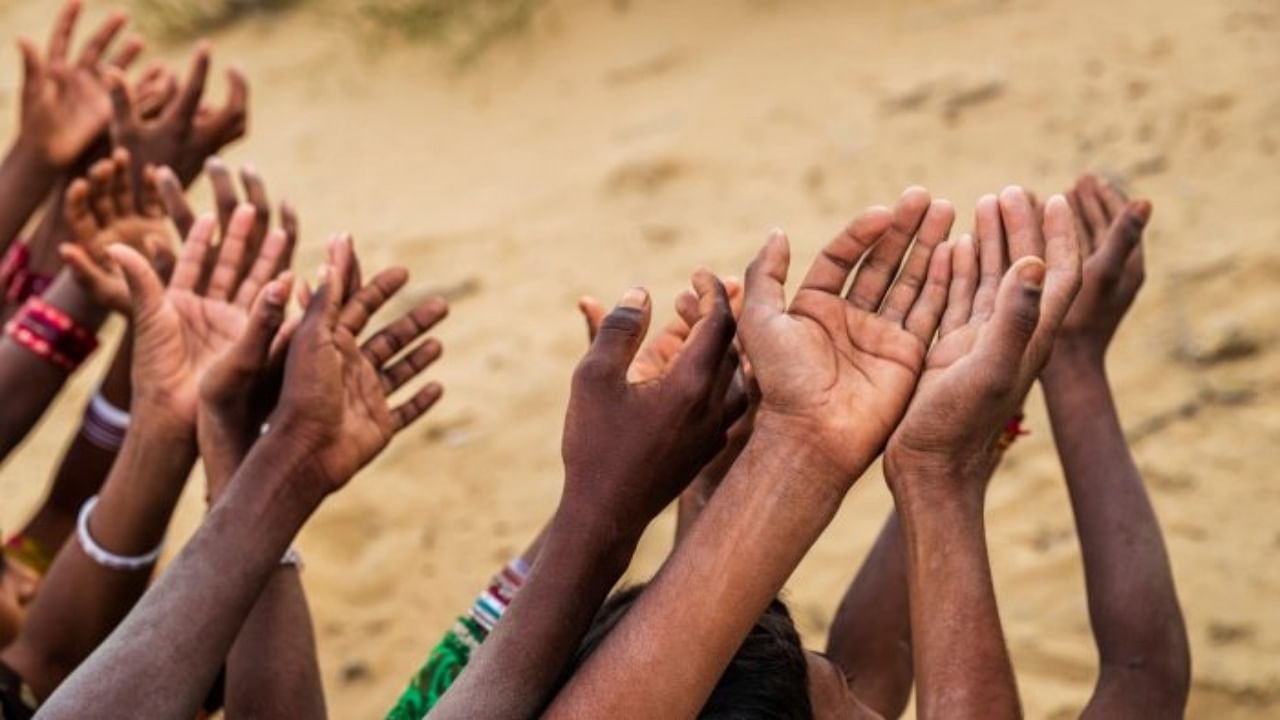
That child malnutrition levels in India are high and slow to improve, even when compared with neighbouring countries such as Bangladesh, does not need belabouring. However, in discussions on the problem of malnutrition in India, inequality does not get its due. First, there is the issue of inequality in malnutrition outcomes reflecting social and economic marginalisation by caste, region, and class that needs to be addressed. Although there has been some improvement in most undernutrition indicators among all communities, the gap between groups is still very high. While there are differences in all the indicators, data on stunting (low height for age reflecting chronic undernutrition, also inter-generational) is given here for illustration.
For instance, data from the National Family Health Survey (NFHS)-5 show that while the prevalence of stunting among SCs and STs is around 40 per cent, it is 30 per cent among children belonging to the “Others” group, which mainly consists of upper-caste Hindus. Regional inequality is also an issue in India, with stunting being much higher in rural areas (37 per cent) compared to urban areas (30 per cent) and the prevalence in Bihar (43 per cent) being almost double that in Kerala (23 per cent). 23 per cent of children in the top wealth quintile are stunted, compared to 46 per cent in the bottom quintile. At the same time, the prevalence of malnutrition, even among the better-off, is relatively high when compared with other countries. For example, based on information in the World Bank database, it is found that the average stunting rates in comparable countries such as Bangladesh, Ghana, and Vietnam are 28 per cent, 18 per cent, and 20 per cent, respectively, which are lower than what they are among even the best-off in India.
The literature highlights gender inequality and the poor status of women as two of the major reasons for the high prevalence of malnutrition in India and also for the relative distribution amongst states in the country. In addition to this, malnutrition is determined by a number of factors, including the quality and adequacy of diets, household food security, adequate incomes and livelihoods, access to health care and sanitation services, the prevalence of diseases, and more. Therefore, there is no single strategy that is sufficient for reducing malnutrition, and it is affected by both direct interventions as well as developments in the economy.
Moreover, not just economic growth but a transition to a more favourable income distribution would also have a positive impact on levels of stunting. For example, even though GDP growth rates in Brazil were not very high between 1996 and 2006 (1.4 per cent per capita), this period saw a rapid decline in stunting prevalence in the country, partly attributable to reduced inequality (as measured by the Gini co-efficient) and poverty reduction. Further, experiences from across the world show that reducing malnutrition requires active State intervention towards the provision of basic social services in education, health, and nutrition, improving women’s status, and reducing poverty. It is also observed that public expenditures on these services are determined not just by levels of income in a country but rather more by political priorities and the nature of growth a country aspires to.
India performs rather poorly when it comes to spending on social security, health, and education. The allocations of the Union government towards schemes such as the Integrated Child Development Scheme (ICDS) and school mid-day meals that directly provide nutrition to children have declined by around 30 percent in the last ten years. Overall spending on health and education is still far below the targets set by successive governments in India. Around 1.3 per cent of the GDP is spent on health, and the National Health Policy aims to increase the budget to at least 2.5 per cent of the GDP by 2025.
ILO’s World Social Protection Report shows that India spends 1.4 per cent of GDP as total expenditure on social protection (excluding health), compared to an average of 2.5 per cent of GDP being spent by low-middle income countries and 8 per cent by high-middle income countries. Even in the small amounts that are being spent, there is an increasing bias towards privatisation, such as through health insurance schemes, digital platforms for education, or encouraging centralised and/or packaged food distribution. The result of poor spending on the ground is poor coverage and low quality in services, and hence not much impact.
Expanding spending on the provision of universal basic services is imminently possible in India. Not only is India a poor spender compared to other countries, but it is also a country with relatively poor resource mobilisation. The tax-to-GDP ratio for India, for example, is around 17 per cent compared to 34 per cent in Brazil.
Further, the taxation in India is fairly regressive, with over 66 per cent of the total taxes coming from indirect taxes, and on the other hand, the effective tax rate faced by the corporates in the highest profit bracket (more than Rs 500 crore) being as low as 19 per cent. With many reports showing increasing inequality and concentration of wealth in India and the possible increase in poverty rates in recent years, there is an urgent need to expand the social services in the country, for which the allocations to the social sector must be increased. A more progressive taxation system with the introduction of wealth and inheritance taxes on the super-rich would not only take us towards a more just taxation regime but would also contribute to a just society free of hunger and malnutrition.
(The writer teaches economics at Dr B R Ambedkar University, Delhi)
(This is the third of a series of
articles on inequality in India,
curated in collaboration with the Centre for
Financial Accountability, New Delhi)